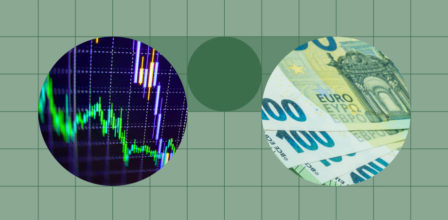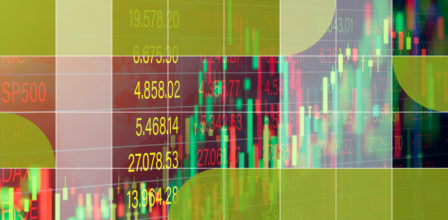Expert discussion on Fixed Income Impact Investing – can active return and sustainability be combined?
In this interview, Desislava Vladimirova provides insights into the trade-off between impact investing and outperformance of credit factor strategies and the possibilities of combining the two.

You recently published your paper “Bonds with Benefits: Impact Investing in Corporate Debt”. Please give us a look into what the paper is about.
Recently, there has been a surge of interest in sustainable investing among professional investors, particularly in investing in companies with measurable social and environmental impact. This can be seen in the exponential growth of Article 9 funds, which serve as the best proxy for impact investing in the capital markets. The idea behind this type of investment is to help companies improve their social and environmental profiles.
In general, the primary objective of active funds is to generate investment returns. We wanted to understand the trade-off between going green and return. Is it possible to combine impact investing with an active return? In this study, my colleague Jieyan and I analyse the influence of impact investing on the performance of credit factor strategies, which seek to outperformance through exposure to systematic factors. We measure the level of impact using carbon intensities, Sustainable Development Goal (SDG) scores, and green bonds, as these are commonly used in fixed-income Article 9 funds. Our results indicate that investors seeking outperformance but also sustainability alignment can find such a combination, while portfolios invested according to Article 9 guidelines can still be exposed to systematic risk premia. Of course, it all comes down to investor preferences and the primary choice of an impact measure.
What were the most surprising findings in the paper? What are the main conclusions?
To be honest, I was surprised by the results of the first hypothesis test. First, we find that all three impact proxies (carbon intensity, SDG scores, green bonds) are priced into corporate bond credit spreads. For example, green bonds would trade more expensively in a secondary market than comparable non-green bonds. On the other hand, we find that the impact measures do not predict future bond returns.
Another interesting finding is that pure impact investors can improve investment returns by including systematic risk premia, while still meeting their sustainability objectives.
“We show that investors who are primarily looking for alpha can also be aligned with sustainability metrics, such as investing in companies that are polluting less than average, without sacrificing performance.”

Desislava Vladimirova
Research Forecasts
What do you think the results of the study mean for institutional investors and their approach to sustainability?
I think the study can be seen by institutional investors as a guide to where they want to position themselves on the impact/systematic factor exposure frontier that we show in our paper. Whether they are the type of investor who wants to maximise outperformance, or whether they want to be fully focused on impact. I think the key finding is that there are certain portfolios where the two types of investors can achieve both objectives at marginal costs.
We show that investors who are primarily looking for alpha can also be aligned with sustainability metrics, such as investing in companies that are polluting less than average, without sacrificing performance.
Our paper also has implications for those types of institutional investors, who are willing to invest in impact funds, but they want to maintain reasonable profitability. We show that there is a sweet spot between factor and impact investing where their utility function is satisfied. I hope that our findings will encourage more investors to consider investing in financial products with a measurable social or environmental impact.
What motivates you personally to advance the topic of impact investing in the fixed income sector in your research? What fascinates you most about it?
As a researcher at a quant boutique, I tend to think about systematic factors and ways to improve portfolio performance. However, I think the concept of investors financing companies that want to become more sustainable is very important. We all know how far we have to go to meet the Paris climate agreement. That is why I was personally interested in knowing the trade-off between outperformance and impact investing.
As a PhD candidate, I found the topic relatively under-researched. Most of the academic literature only looks at impact investing only through the private investment channel, but there are investors who only have access to liquid instruments. It is also the first study to show the trade-off between investment return and impact of corporate bonds.
One final question: What is the status of your dissertation, and could you give us a brief preview of what’s next on your agenda?
My dissertation is still in progress, but the first project has been completed. The second project looks at the compatibility of impact investing and alpha strategies. The last study is on quantitative strategies in emerging market credit.


